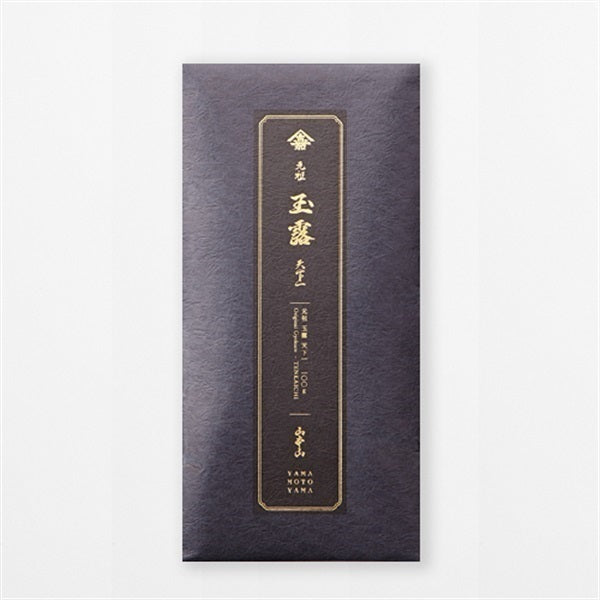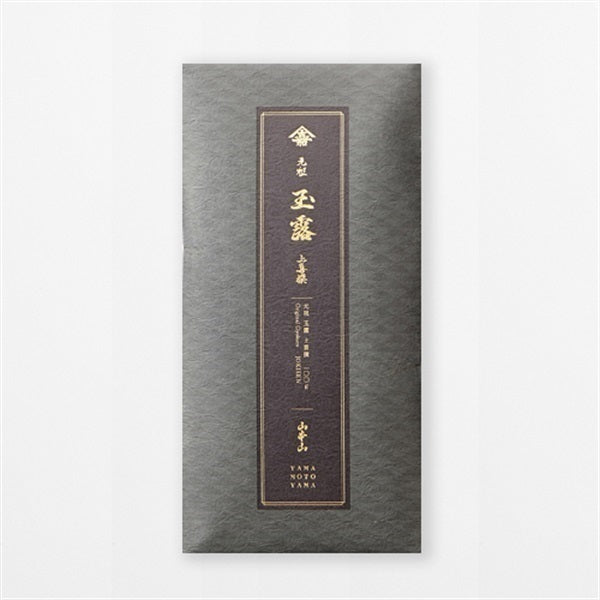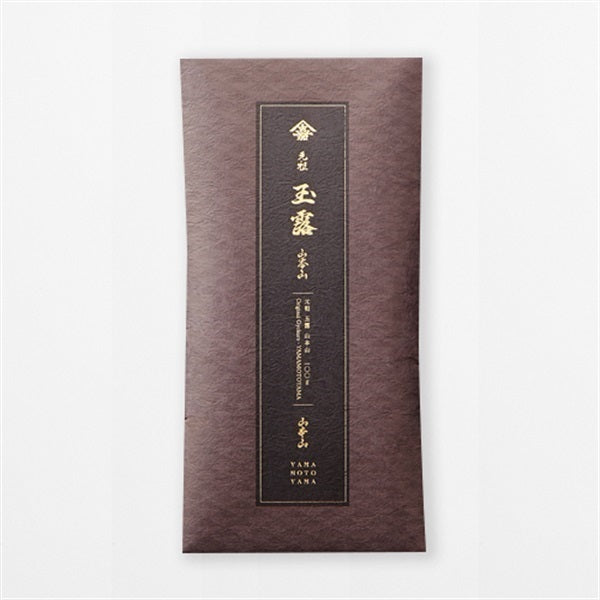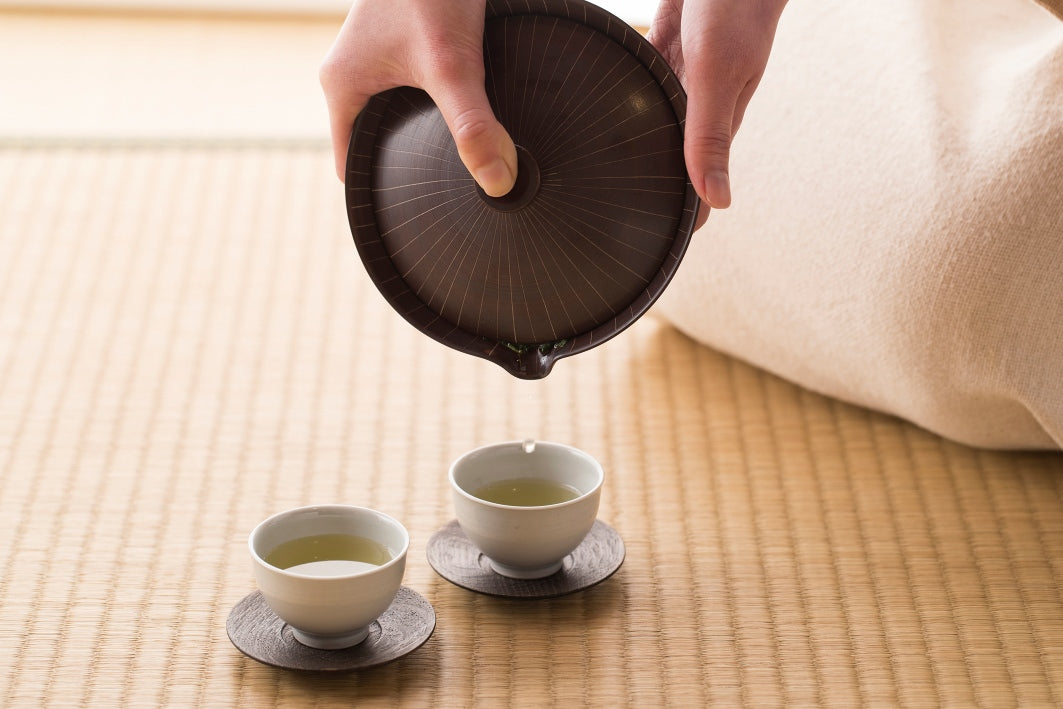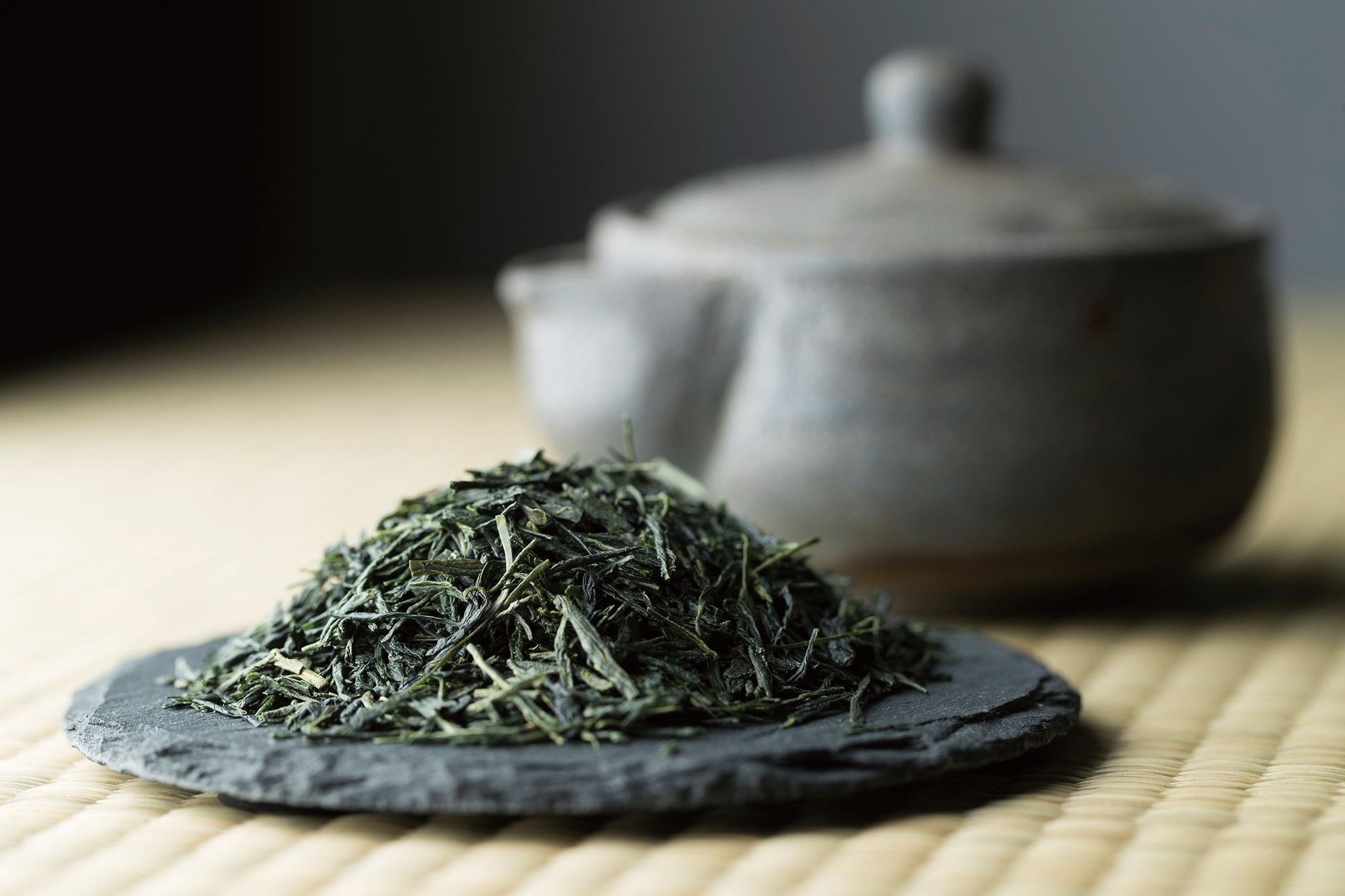
Don't throw away your tea leaves! You can actually eat them! The health benefits of edible tea leaves
Introduction
On a personal note, it has already been a year since I joined Yamamotoyama.
My life is filled with tea and seaweed more than I ever imagined before. The other day, I bought some gyokuro tea leaves at a tea shop I found while walking my dog. I enjoy gyokuro tea as well as sencha at home.
Those who have purchased it will know that Gyokuro is the highest quality green tea. Therefore, it is much more expensive than other tea leaves. I was feeling a sense of stinginess and thought it would be a waste to just drink it and throw it away, but then I found out that tea leaves can be eaten, so I started doing it.

The health benefits of edible tea
This may be a sudden question, but have you ever eaten tea leaves?
You may be surprised and ask, "Can you eat the tea leaves after brewing tea?" This is because many people think that tea is just a drink and that there is nothing left in the tea leaves.
As we have said many times before, tea is rich in ingredients that are beneficial to your health.

Tea leaves are full of nutrients!
However, when you brew tea in hot water and drink it, only about 30% of the ingredients, such as catechins, theanine, and vitamin C, can be absorbed.
Approximately 70% of the water-insoluble components, such as vitamin E, B-carotene, and insoluble vegetable fiber, are discarded as used tea leaves.
"Eating tea leaves" is a great way to absorb all of these functional ingredients in tea.

Recommended tea leaves to eat
The most common types of tea leaves used for edible tea are Gyokuro and Sencha.
Gyokuro is made by covering the first buds of tea harvested with a cloth for 20-30 days, and is the highest quality of green tea. It has a strong sweetness and umami flavor, and can be enjoyed without any seasoning.
Of course, regular sencha is delicious enough too. High-quality sencha or new tea has a nice aroma and is soft and fluffy.
Enjoying tea leaves is very easy.
After brewing, you can make ohitashi simply by pouring ponzu sauce over the used tea leaves. It has a slight bitterness, and the taste is similar to that of boiled rape blossoms. It is also delicious with salt, bonito flakes, and soy sauce.
It's very easy to make and adds a small dish to the dinner table, so it's very helpful.

Recommended daily intake of "edible tea leaves"
The recommended amount of tea to consume is one tablespoon (about 5-6 grams) per day.
However, green tea contains caffeine, which can have a stimulating effect and make it difficult to fall asleep. Be careful not to consume too much, and take into consideration the time of day you drink it and your own appropriate amount.
Also, since green tea contains a lot of potassium, people who have restrictions on their potassium intake due to kidney disease or other reasons should be careful when drinking it.
If you plan to eat the tea after brewing it, let it cool slightly to below 70℃ before brewing the tea. If you put tea in hot water (over 80℃), it may turn brown.

Finally
What did you think? This time we introduced the effects of edible tea.
I myself was skeptical at first, as I had always thought of tea as something to drink, but eating tea leaves has been around for a long time, and it seems that even today there is a custom all over Japan of eating bancha tea in rice porridge or with cooked rice.
Green tea is packed with nutrients. It is also said to have the effect of lowering blood pressure, which I failed in my health check last year! With this glimmer of hope, I will continue to eat the tea leaves after brewing tea, rather than throwing them away.
If you are interested, please give it a try. Learn about the health benefits of green tea and incorporate it into your daily diet.



